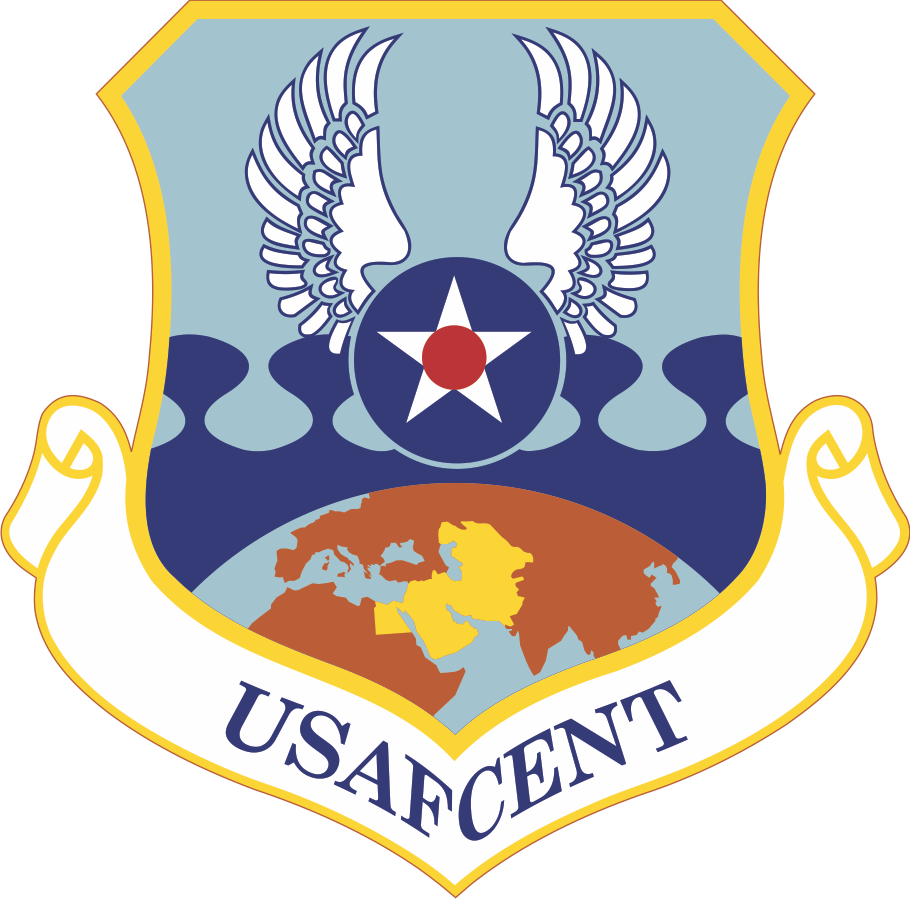
United States Air Forces Central is the air component of United States Central Command, a regional unified command. USAFCENT is responsible for air operations (either unilaterally or in concert with Coalition partners) and developing contingency plans in support of national objectives for USCENTCOM's 21-nation area of responsibility in Southwest Asia. Additionally, USAFCENT manages an extensive supply and equipment-prepositioning program at several AOR sites.